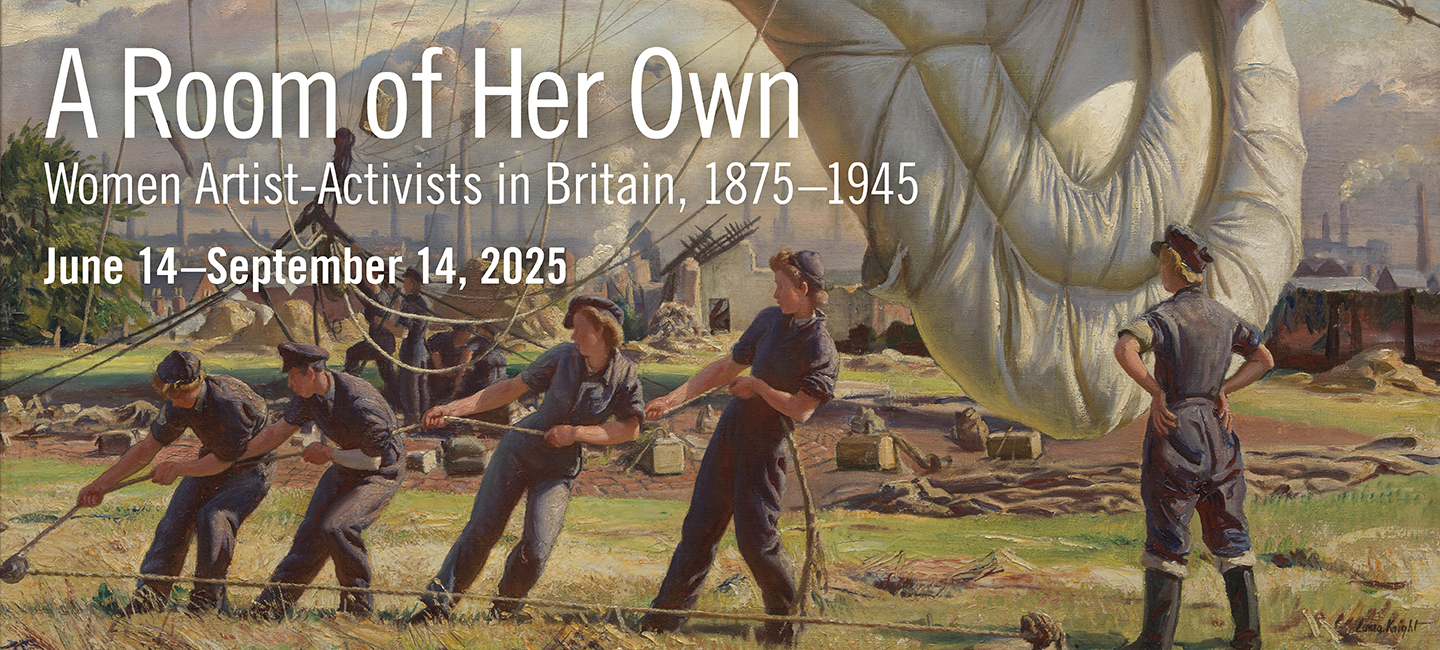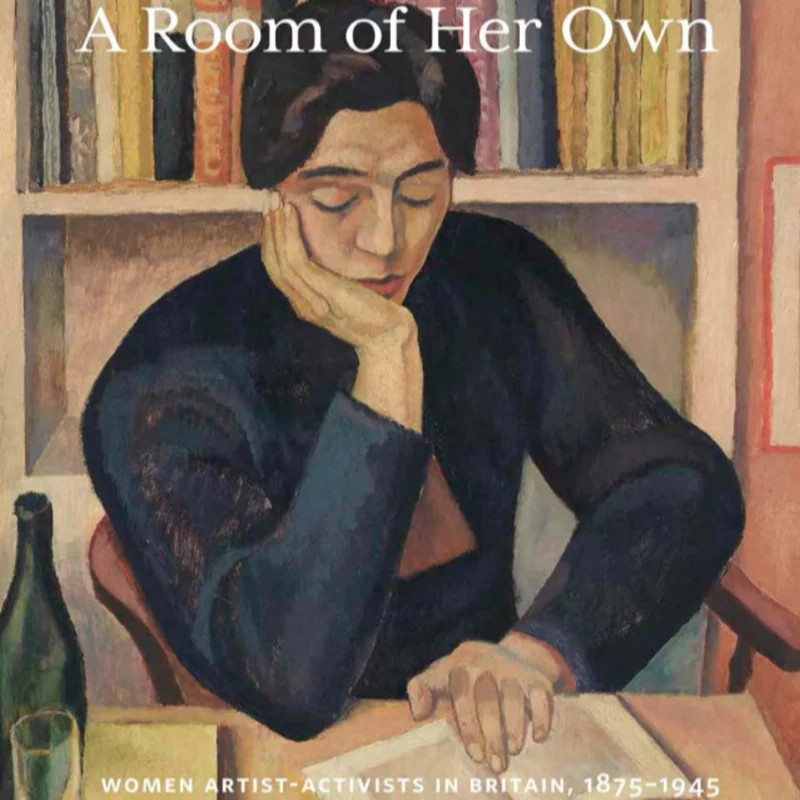Professional Activism
 Annie Louisa Swynnerton, The Sense of Sight, 1895, oil on canvas. National Museums Liverpool, Walker Art Gallery, gift from Charles J. Proctor, 1896, WAG 2640
Annie Louisa Swynnerton, The Sense of Sight, 1895, oil on canvas. National Museums Liverpool, Walker Art Gallery, gift from Charles J. Proctor, 1896, WAG 2640In seeking out art training, securing exhibition opportunities, and forging meaningful connections with other professionals, the women featured in this exhibition tenaciously pursued careers in the male–dominated art world of the period. When women won scholarships or awards at an art school, garnered recognition in the press, sold works and gained commissions, or earned membership in art clubs, societies, and exhibiting institutions, they demonstrated that they belonged in the field and that their work could make a critical impact.
Breaking the glass ceiling took patience, dedication, and, at times, heroic effort, especially at the Royal Academy of Arts in London. Although Angelica Kauffman and Mary Moser cofounded the organization in 1768, it wasn't until 1922 that Annie Swynnerton became the next woman elected as an Associate of the Royal Academy. In a newspaper interview over a decade after her accomplishment, Swynnerton reflected: “I have had to struggle so hard. You see when I was young, women could not paint, or so it was said. The world believed that and did not want the work of women however sincere, however good. I refused to accept that.” Building on Swynnerton's recognition, Dame Laura Knight would be elected the first female member of the Royal Academy in 1936. Membership meant that Knight was no longer required to submit her paintings to a jury to show at the annual exhibitions. In 1965 she would be the first woman to have her work featured in a solo exhibition at the venue. Despite these accomplishments, she was not invited to the Royal Academy's annual dinner until 1967. Today women hold thirty-eight of the organization's 100 membership positions, and since 2019 the Royal Academy has been led by Rebecca Salter, its first female president.

